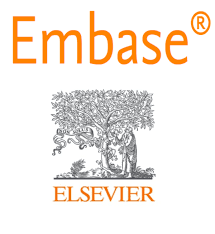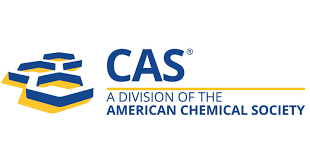PROSPECTIVE RANDOMIZED CONTROLLED TRIAL COMPARING FUNCTIONAL AND RADIOLOGICAL OUTCOME OF CIRCUMFERENTIAL CASTING AND ORTHOSIS APPLICATION POST REDUCTION OF COLLES FRACTURES
Keywords:
Colles fracture, circumferential casting, orthosis application, randomized controlled trial, functional outcomes, radiological outcomes, immobilization, range of motion, pronation, supination, patient satisfaction, fracture treatment.Abstract
Background: Colles fractures are common distal radius fractures often
treated with circumferential casting or orthosis application. This study
compares the functional and radiological outcomes of these two
immobilization methods following closed reduction.
Methods: A prospective, randomized controlled trial was conducted at
Gajra Raja Medical College, Gwalior, with 60 patients (30 in each
group). Patients were randomly assigned to either circumferential
casting (Group A) or orthosis application (Group B) after closed
reduction of a Colles fracture. Functional outcomes were assessed
using Visual Analogue Scale (VAS) for pain, grip strength, range of
motion (ROM), and a 30-point activity questionnaire. Radiological
parameters (radial height, inclination, articular step-off, and volar tilt)
were assessed using X-rays. Follow-up assessments were made at 1, 2,
and 6 weeks.
Results: Both groups showed similar radiological outcomes at 6
weeks. The orthosis group demonstrated faster functional recovery,
with better range of motion (ROM), particularly in pronation (p =
0.0006) and supination (p = 0.0006). The circumferential casting group
had higher incidences of skin irritation and sores. Patient satisfaction
was higher in the orthosis group due to less discomfort during
immobilization.
Conclusion: Both circumferential casting and orthosis application are
effective for managing Colles fractures, but orthosis application offers
superior functional outcomes and reduced complications. Orthosis is a
viable alternative to casting, offering advantages in patient comfort and
early mobilization. Further studies are needed to validate these
findings.
.png)









